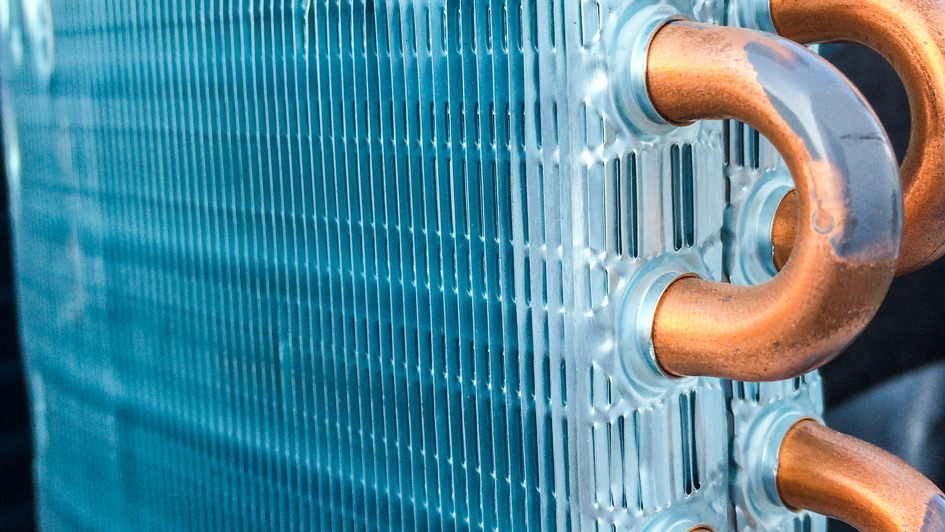
A furnace is almost always a background player at home, keeping you warm across the cold winter months. It frequently won't be noticed until a malfunction appears.
One source might be that your furnace has a cracked heat exchanger. It’s a potentially dangerous issue, so it’s important to learn the symptoms of a cracked heat exchanger and what to do if you suspect that is the problem.
What Is a Heat Exchanger in a Furnace?
A heat exchanger helps transition heat from the combustion chamber inside your furnace to the air that flows through the air ducts. It usually does this through coils or tubes that heat up the air while acting as a barrier to keep byproducts produced in the combustion chamber, called flue gasses, from escaping out into your home.
Is a Cracked Heat Exchanger Dangerous?
Because of its important role, it isn't surprising that a damaged heat exchanger can be very dangerous. A damaged heat exchanger can allow dangerous gasses – such as carbon monoxide, which can be lethal – to circulate throughout your home.
For that reason, don't ever run your heating if you believe there's a crack in the heat exchanger, as letting it run could make the entire family sick. Call an HVAC professional as soon as possible if you believe your furnace has a cracked heat exchanger that needs repair.
Four Symptoms of a Cracked Heat Exchanger:
- Furnace shuts off: A crack in your heat exchanger can cause your furnace to switch off.
- Unusual Smells: If the air leaving your furnace has an intense chemical scent, it could be an indicator that gas is seeping through cracks in your heat exchanger. These byproducts, which will often smell like formaldehyde, are a common warning sign.
- Carbon monoxide alarm is triggered or you recognize poisoning symptoms: If a cracked heat exchanger is releasing carbon monoxide in your home, your carbon monoxide alarm should go off or family members might experience signs of carbon monoxide poisoning. Symptoms include headaches, dizziness, weakness, nausea, vomiting or feeling drowsy. If the alarm goes off or you feel unwell, get out of the home right away and then call for help.
- Soot: If you find black sooty accumulating around the exterior of your furnace, it’s another sign something may be seriously wrong.
What to Do if Your Furnace Heat Exchanger is Cracked
If you believe your furnace has a cracked heat exchanger, call a pro with extensive experience in furnace installation New Castle as soon as possible so they can inspect your system and, if required, handle a furnace heat exchanger replacement. Costs should vary depending on the situation, but estimates often hover around $1,000 to $3,000.
Estimates aside, the good news is that heat exchangers are generally covered by the warranty. You should review the warranty paperwork on your furnace, as while the warranty might not cover the entire cost of repairs, it can significantly lower your bill.
How to Avoid a Cracked Heat Exchanger in Your Home
One of the easiest ways to prevent a problem in your furnace overall is via regular furnace maintenance. Furnaces work the best when they work efficiently. Calling a trained professional to check your furnace for old parts, dirty filters and other potential problems can help you avoid getting a big bill later on.
It’s also beneficial to inspect your furnace filters every few months – it’s ideal some filters be changed every 90 days or sooner if they are dirty or grimy. While the filters aren't a part of the heat exchanger itself, the strain of dragging air through a clogged filter makes your entire furnace work harder to complete its job. And the harder your furnace works, the more deterioration components like the heat exchanger will endure.
